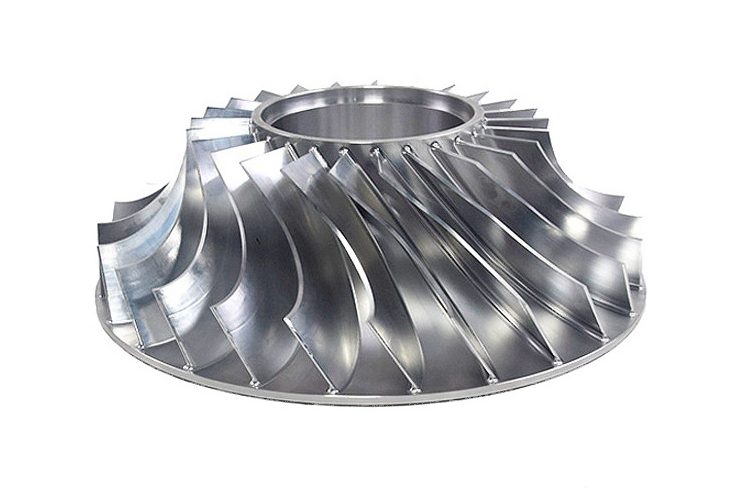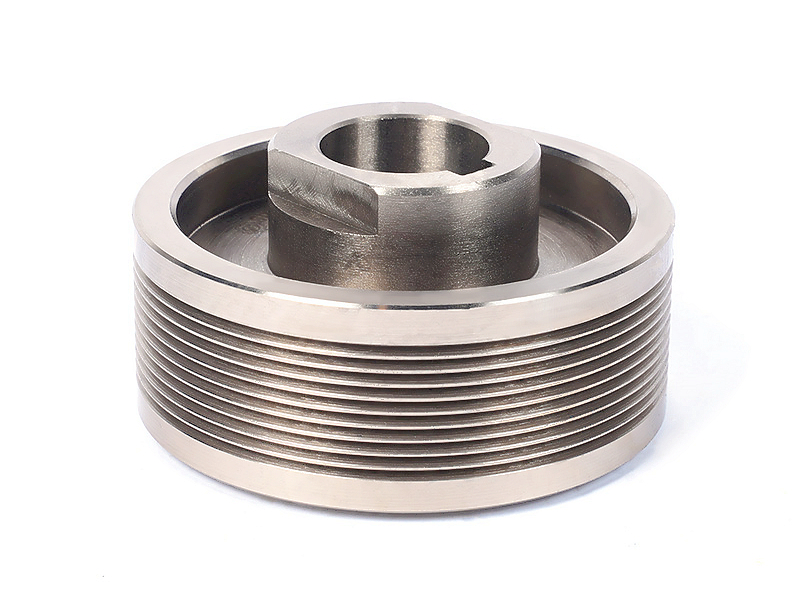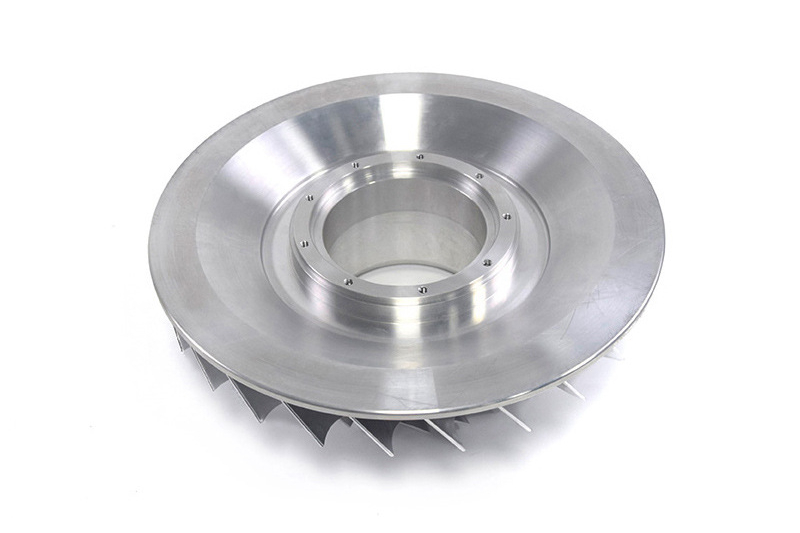Does shot peening impact titanium part accuracy, and how is it controlled?
Yes, shot peening can significantly impact the dimensional accuracy and form of titanium parts if not properly controlled. The process, which bombards the surface with small media to induce compressive residual stresses, is a balance between achieving beneficial fatigue performance and managing potential geometric distortion. Controlling this impact is a critical aspect of process engineering for high-integrity components.
The Mechanism of Accuracy Impact
Shot peening works by plastically deforming the surface layer of the material. This "stretching" of the surface creates a compressive stress layer that inhibits crack initiation and propagation. However, in a constrained part, this localized surface expansion must be accommodated. In thin sections, asymmetrical geometries, or parts with pre-existing residual stresses from machining, this can lead to warping, bending, or twisting. The effect is analogous to the curvature induced in a bimetallic strip when heated. For a precision part produced via Titanium CNC Machining Service, even micron-level distortions can render it out of tolerance.
Key Control Strategies for Maintaining Accuracy
Mitigating distortion requires a proactive, multi-faceted approach grounded in process control and prior validation.
Pre-Peening Stress Relief: The most critical step is to perform a Heat Treatment for CNC Machining (stress relief) on the machined part before shot peening. This eliminates the residual stresses from milling and turning, providing a stable, homogeneous starting condition. Peening a part with high internal machining stresses is a recipe for unpredictable distortion.
Fixturing and Masking: Critical datum surfaces and tight-tolerance features are often masked to prevent direct peening. Furthermore, sophisticated fixtures can be used to physically constrain the part in its nominal geometry during the peening process, counteracting the forces that cause warpage.
Precise Process Parameter Control: The peening intensity (measured by Almen strips), coverage, media type (including size, shape, and material), and impact angle are meticulously defined and closely monitored. A lower intensity may be specified for delicate features to achieve the desired compressive stress without exceeding the part's structural stability. The process is often developed using a CNC Machining Prototyping approach, where parameters are refined on sample coupons before the production run.
Iterative Process and Validation: For complex or high-value components, a first-article validation is essential. A part is peened, and then its geometry is meticulously checked on a CMM. If distortion is detected outside the acceptable range, the process parameters (or the pre-peening stress relief cycle) are adjusted iteratively until the results are consistently within specification.
Post-Peening Considerations
For some components, particularly those for the Aerospace and Aviation industry, a final low-temperature stress relief (also known as a "recovery bake") may be applied after peening. This step slightly relaxes the peak compressive stresses without significantly reducing their benefit, helping to stabilize the part and further reduce the risk of long-term geometric drift. It is also common to perform final grinding or CNC Grinding Service on critical datums after peening, but this must be done carefully to avoid breaking through the compressive layer.
Conclusion
While shot peening introduces a risk to dimensional accuracy, it is a controllable process. The key is to partner with a supplier that understands the metallurgical interactions and employs a disciplined, data-driven methodology. The combination of a stress-relieved part, optimized peening parameters, strategic fixturing, and thorough validation ensures that the profound benefits of shot peening for titanium fatigue life are realized without compromising the part's precision.



